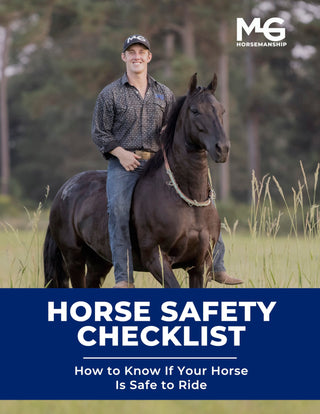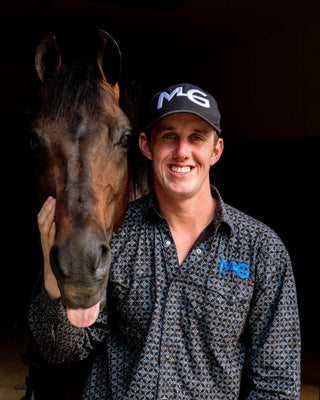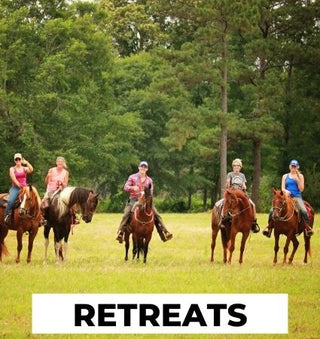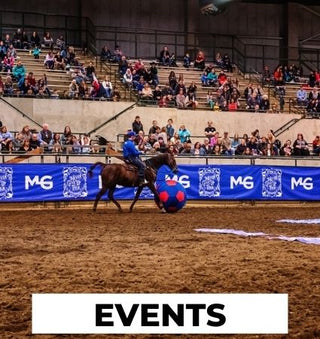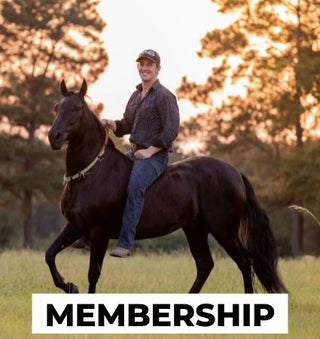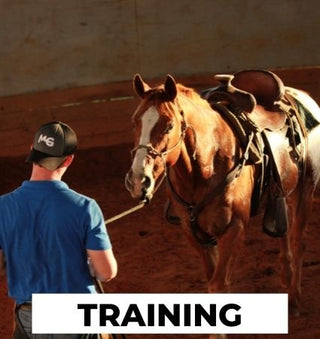Join us to learn how to understand and train your horse for a better, more respectful partnership.
Introduction
As someone deeply connected to horses and the unique bond we share, I've learned a lot about the universal language of these magnificent animals. Let's dive into how understanding this language can transform your relationship with your horse.
The Girl Dad Experience
You might say my two-year-old daughter has me wrapped around her finger, and you'd be right. But despite this, we have clear rules in our house. When it's time to eat, we eat. When it's time to sleep, we sleep. We're straightforward about our routines.
Different Types of Moms
When you go to a fine dining place in my city, you’ll see two kinds of moms. One type of mom will tell little Johnny to behave, but he never faces any real consequences and keeps acting up. The other mom, with three kids and a husband, keeps everyone quiet without saying much.
Communicating with Horses
Many people struggle with horses because they try to make horses understand their language. Instead, we should learn the language of the horse. If you understand horse language, you can communicate with any horse in the world.
Territory and Control
In the animal kingdom, whoever controls the territory is the leader. Animals puff up to assert themselves. This is true for horses too. If you can establish control and respect, you can lead the horse.
Basics of Horse Training
When teaching people to train horses, we focus on simple things first. For example, horses need to respect your space. If a horse pushes into you, it’s not respecting you.
Kindergarten Training
Think of training as starting in kindergarten. The first step is to make sure the horse stays out of your space. You want the horse to be an arm’s length away. If the horse doesn’t respect your space, you shouldn’t ride it.
Respect and Control
Three important things to check before riding:
- The horse should back out of your space.
- You should be able to steer the horse left and right.
- The horse should lower its head to you, showing respect.
Starting the Training
Once you have these basics, the training begins. The first thing to teach your horse is to stand still, even when it’s scared. Horses naturally want to run when they are scared. You need to teach them to stay calm and stay with you.
Advanced Training
When a horse can stand still and respect your space, you can move to advanced training. This includes steering the horse and making it move in specific ways.
Practical Tips
Use tools like a lead rope or a flag stick to train the horse. Be patient and consistent. Remember, the goal is to communicate clearly with your horse.
Conclusion
Understanding horse language and establishing respect are key to successful training. By following these simple steps, you can build a strong, respectful partnership with your horse. If you need more help, join us for more tips and guidance.
Check out more free training resources HERE!


